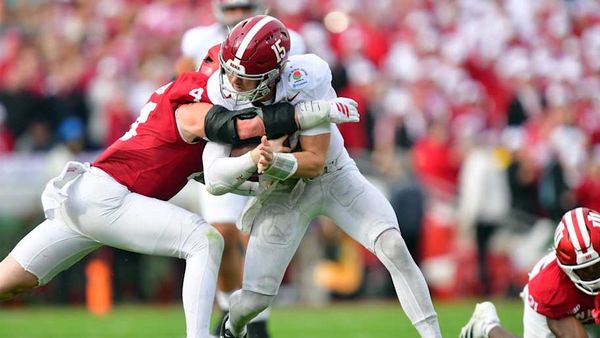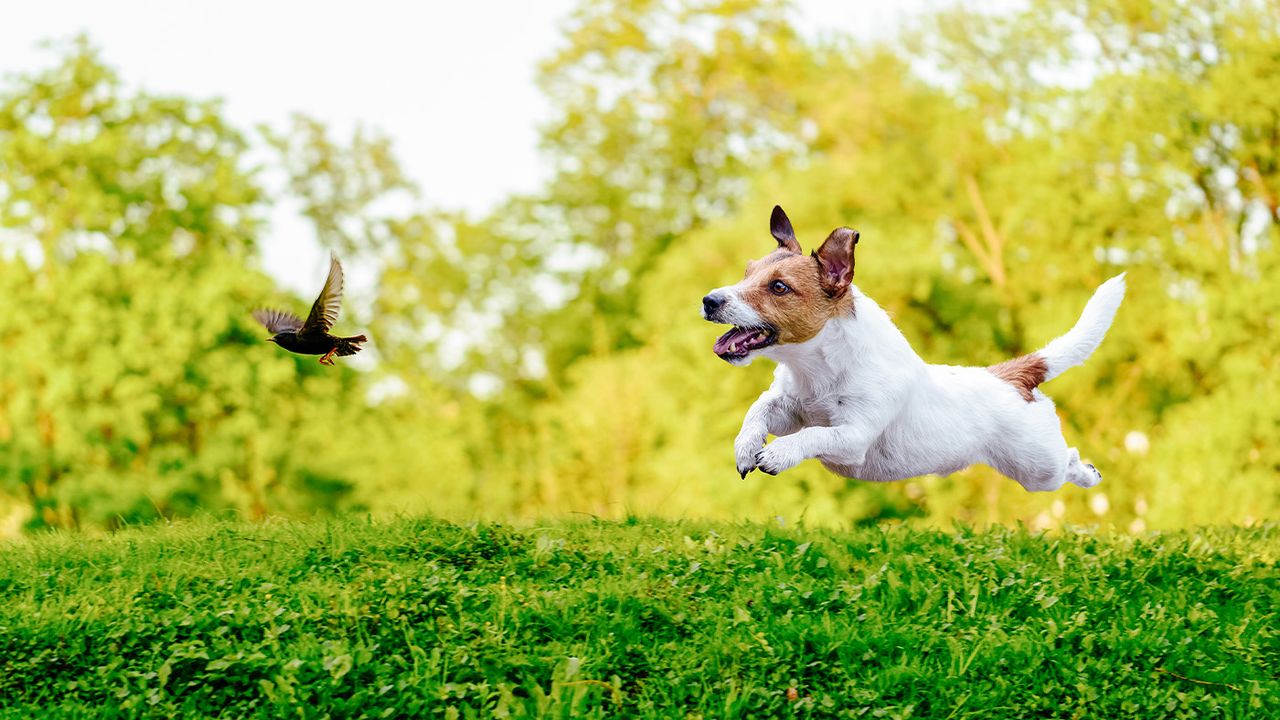
If you’ve got an affinity for bold, energetic dogs full of personality, you might find yourself charmed by one of the dog breeds with a high prey drive. Prey drive refers to a dog's innate urge to chase down prey, often small animals.
Experienced dog owners are well placed to handle such dogs and a well trained high prep drive breed is often a highly rewarding companion to have around. But having such a dog is fundamentally a big responsibility.
To get the lowdown on the pros and cons of owning a high prey drive breed, we spoke with Dr Rebecca MacMillan, a qualified vet with more than 15 years of experience.
Advantages of a high prey drive
High energy
If you’re looking for a companion for your weekend hikes or countryside frolics, a high prey drive breed will have enough get up and go to keep you company.
“The advantage of a high prey drive breed is that they are usually active and energetic dogs, which many owners look for in a pet,” says MacMillan.
Like everything in life, it depends on your specific situation, though.
“However, this same energy could be a disadvantage for other owners,” says MacMillan.
Intelligent
If you’ve got the time not just to exercise your dog's body, but his or her mind too, you could be well placed to have a high prey drive breed. But if not? Think again.
“These dogs are usually working breeds that require plenty of physical activity and mental stimulation to keep their brains occupied. If they don’t get enough of either of these things it could lead to behavioural problems,” says MacMillan.
Disadvantages of a high prey drive
Harder to train
These dogs are not for the faint of heart, you need a robust training plan in place if you’re bringing one home as they can be some of the more difficult breeds to train.
“Dogs with a high prey drive can be distractable, making recall training particularly tricky,” says MacMillan.
If you’re not confident with dog training, you’ll benefit from expert guidance from a professional dog trainer.
Limited settings
“These breeds are best suited to countryside living where they have plenty of space to exercise freely,” says MacMillan.
If you live in a city centre or small home with limited outside space, this breed of dog is not likely to be a good match.
Dog breeds with high prey drive
Doberman Pinscher
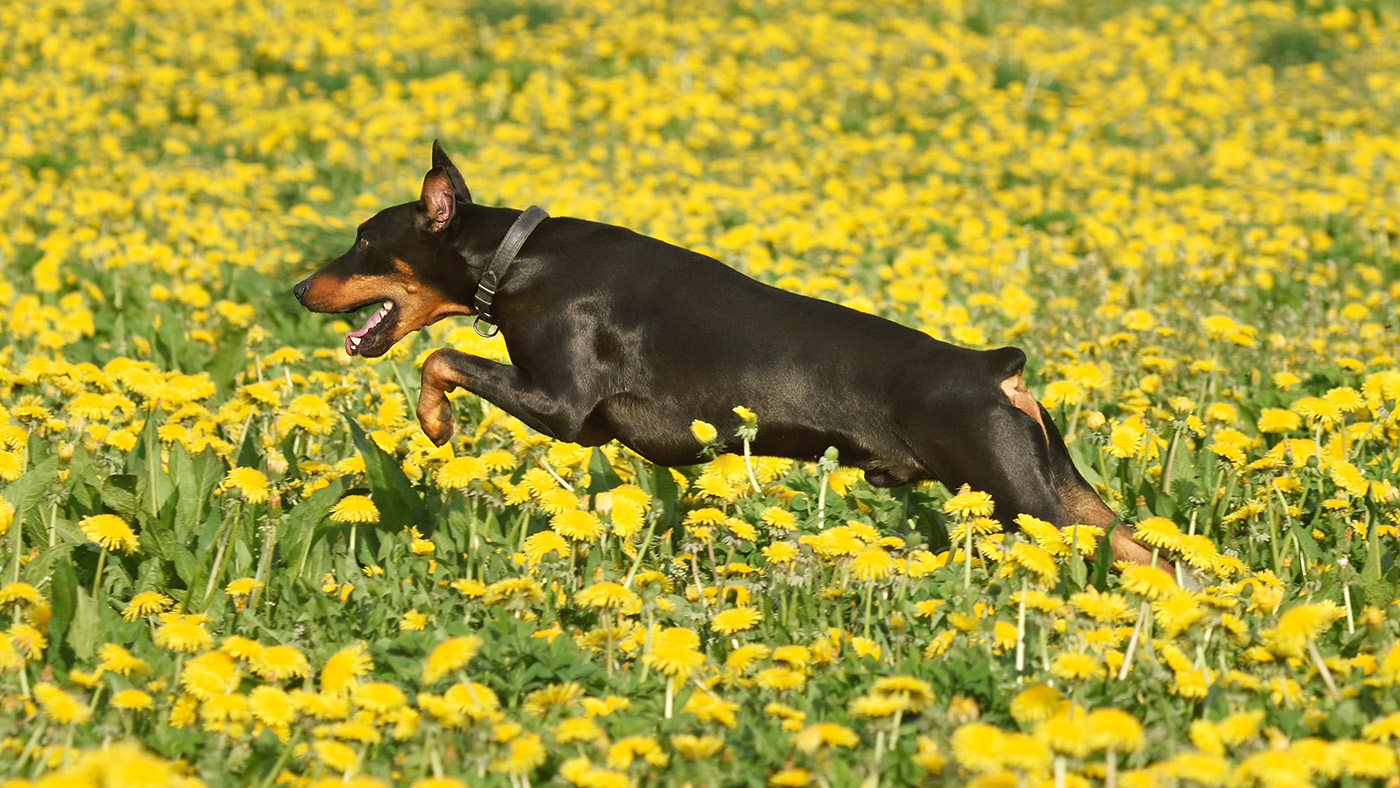
This strong, well muscled dog was originally bred in 1890 by Louis Dobermann, a tax collector who wanted a fearsome, strong companion to assist him with his work.
Characterised by their strong body, long muzzle and graceful gait, Dobermans have a strong prey drive. They are smart dogs, fearless and incredibly vigilant, making them one of the world's best protection dogs.
Alaskan Malamute
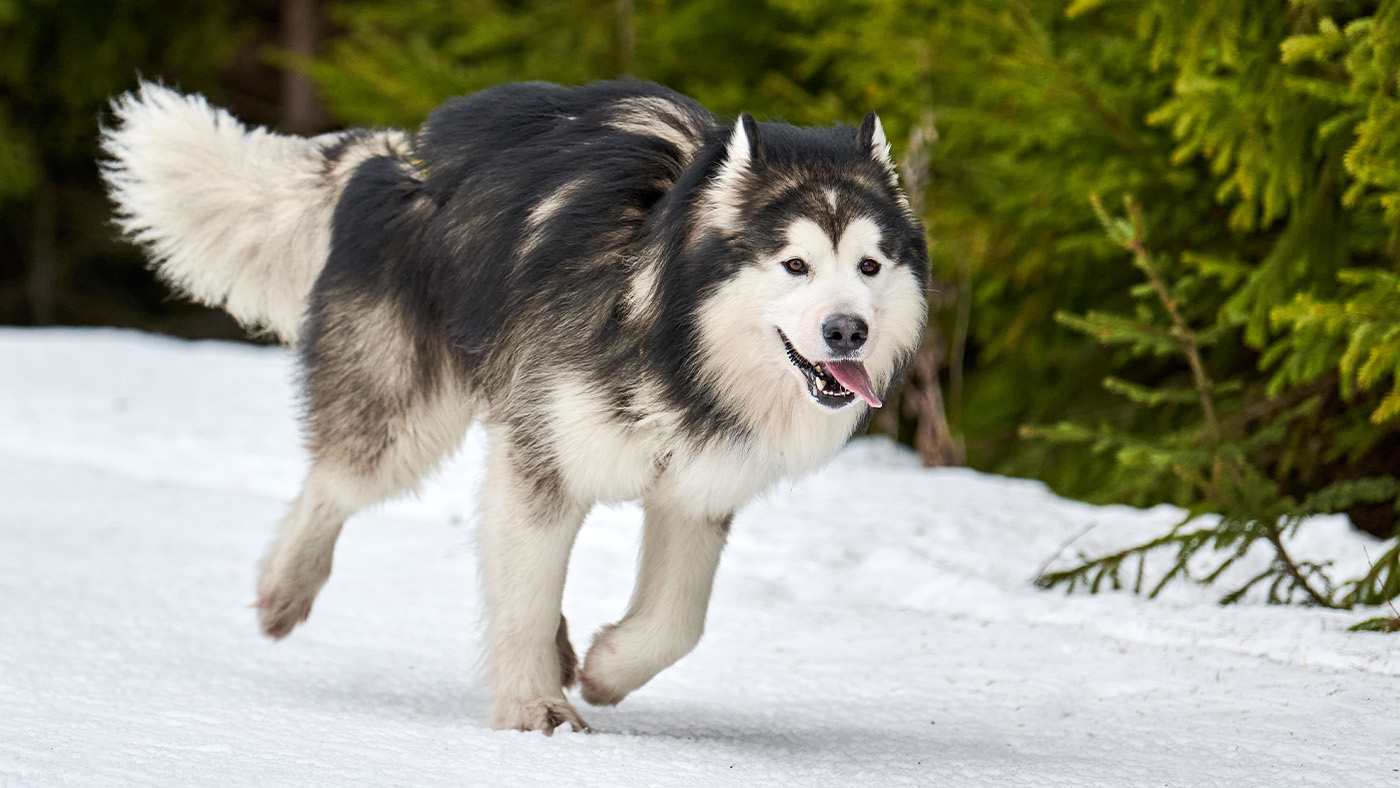
Bred for brute strength and endurance, the Alaskan Malamute looks every part the sled dog it was born to be. From their powerful chests and broad shoulders to their weatherproof coat, everything works together to make this impressive dog capable of hauling heavy loads across punishing terrain.
Much like other arctic breeds, the Malamute has a very strong prey drive. But a well trained and socialised Malamute is a joy to have around and is surprisingly playful and gentle within its family pack.
Border Collie
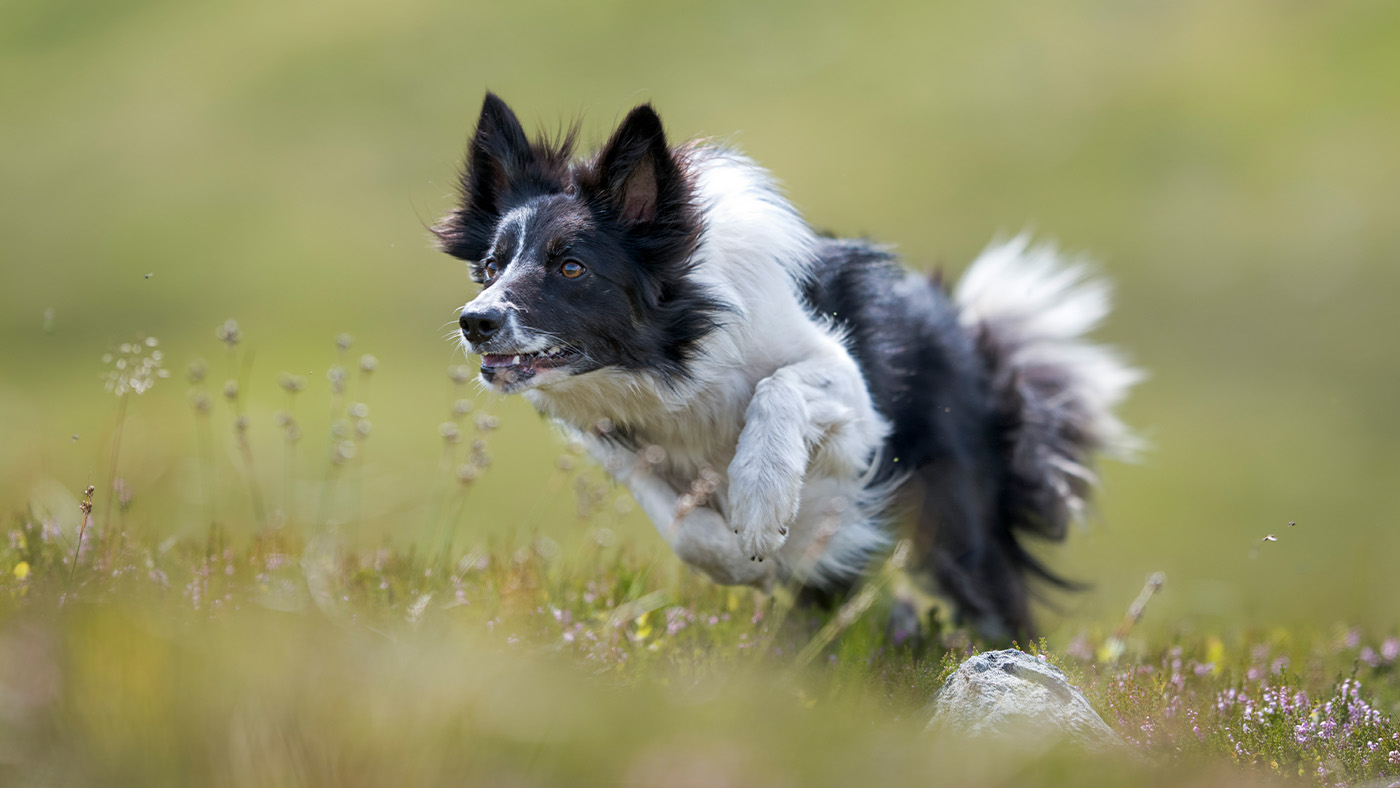
Originating on the Anglo-Scottish border and descending from traditional sheepdogs, the Border Collie is a hyper intelligent herding dog. They have a reputation as workaholics for good reason, and a bored Border Collie is a recipe for disaster. However if you can ensure he or she is adequately physically and mentally stimulated, this affectionate dog makes for a wonderful companion and is one of the smartest dog breeds.
Border Collies have a strong prey drive, stemming from their deeply entrenched herding instinct. This can involve them chasing down anything that moves, including other animals, but even humans and vehicles in some instances! Suffice to say, training and socialising must begin immediately.
Jack Russell Terrier
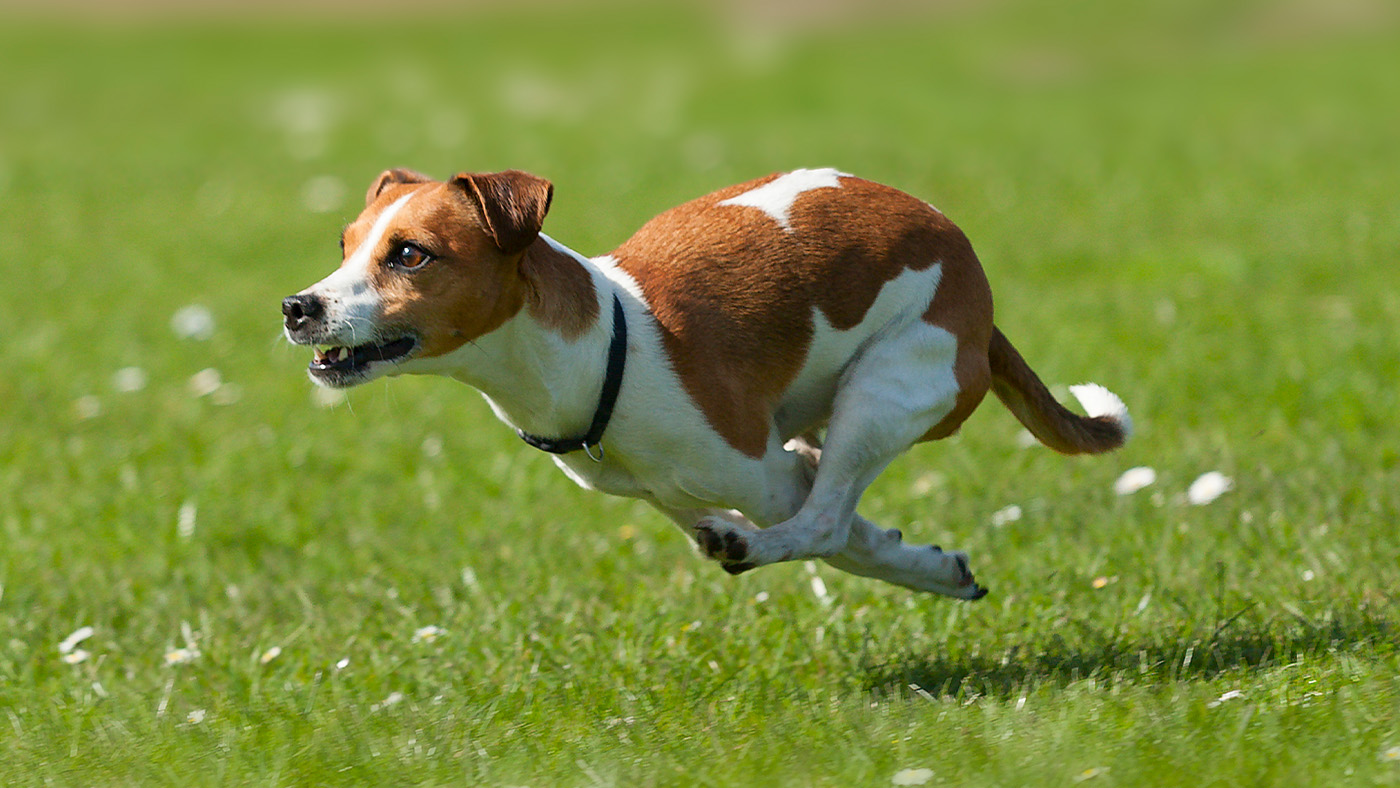
Energetic, confident and full of character, the Jack Russell Terrier was originally developed to assist on fox hunts, like all terriers, the Jack Russell Terrier has a strong prey drive. Bred to help by intercepting dens and flushing foxes out, Jack Russells have retained a strong hunting instinct. The drive can result in chasing down anything that moves whether that's birds and squirrels or even cars.
Weimaraner
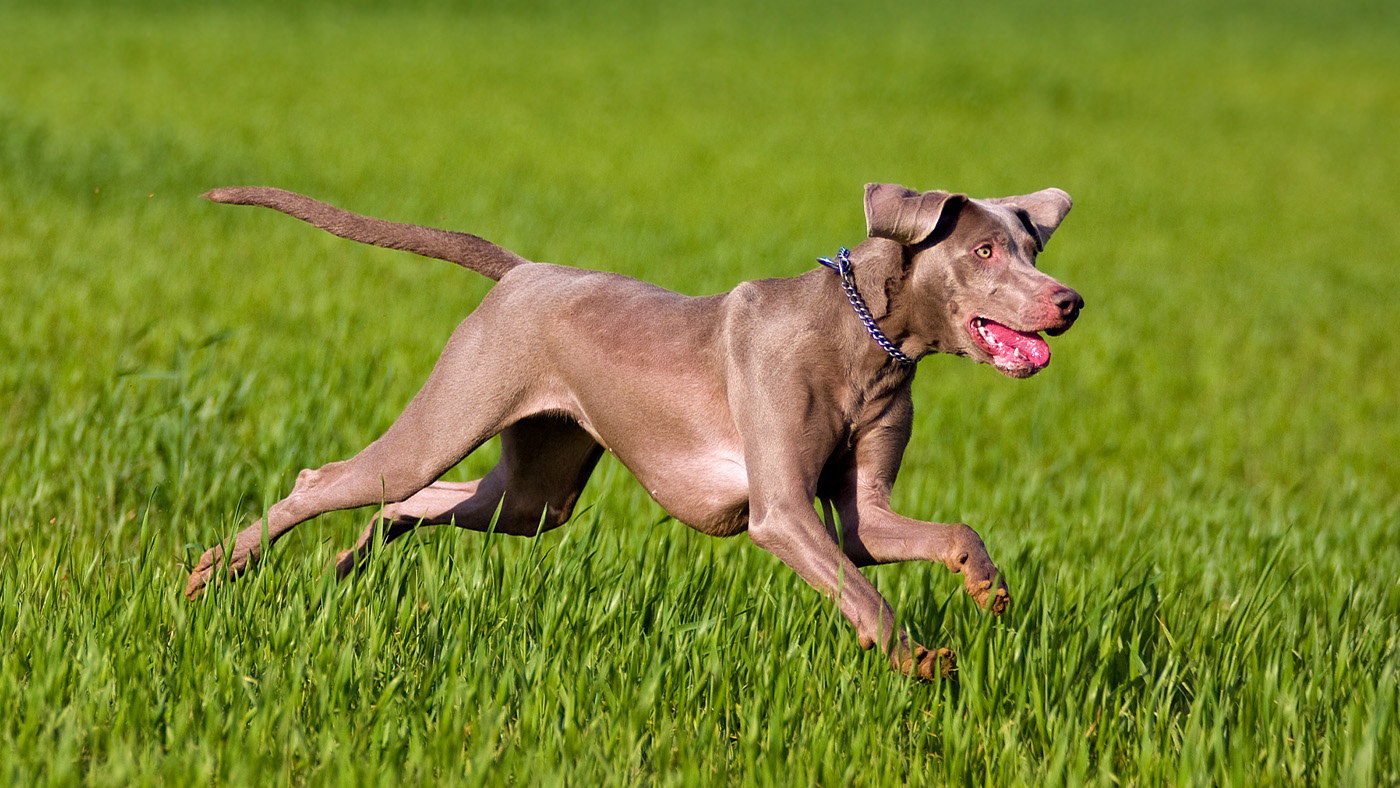
A German breed hunting dog dating back to the 19th century, the Weimaraner is originally from the city of Weima, hence the name. Known as 'Gray Ghost', the Weimaraner is a sleek all purpose gun dog characterised for its excellent speed, stamina and smarts.
With their history as gun dogs, they have a high prey drive as they have been bred to hunt, point and retrieve game, which can manifest in them chasing small animals like squirrels, rabbits and cats. But so long as well trained, this smart, attractive dog can make an excellent pet.
Greyhound
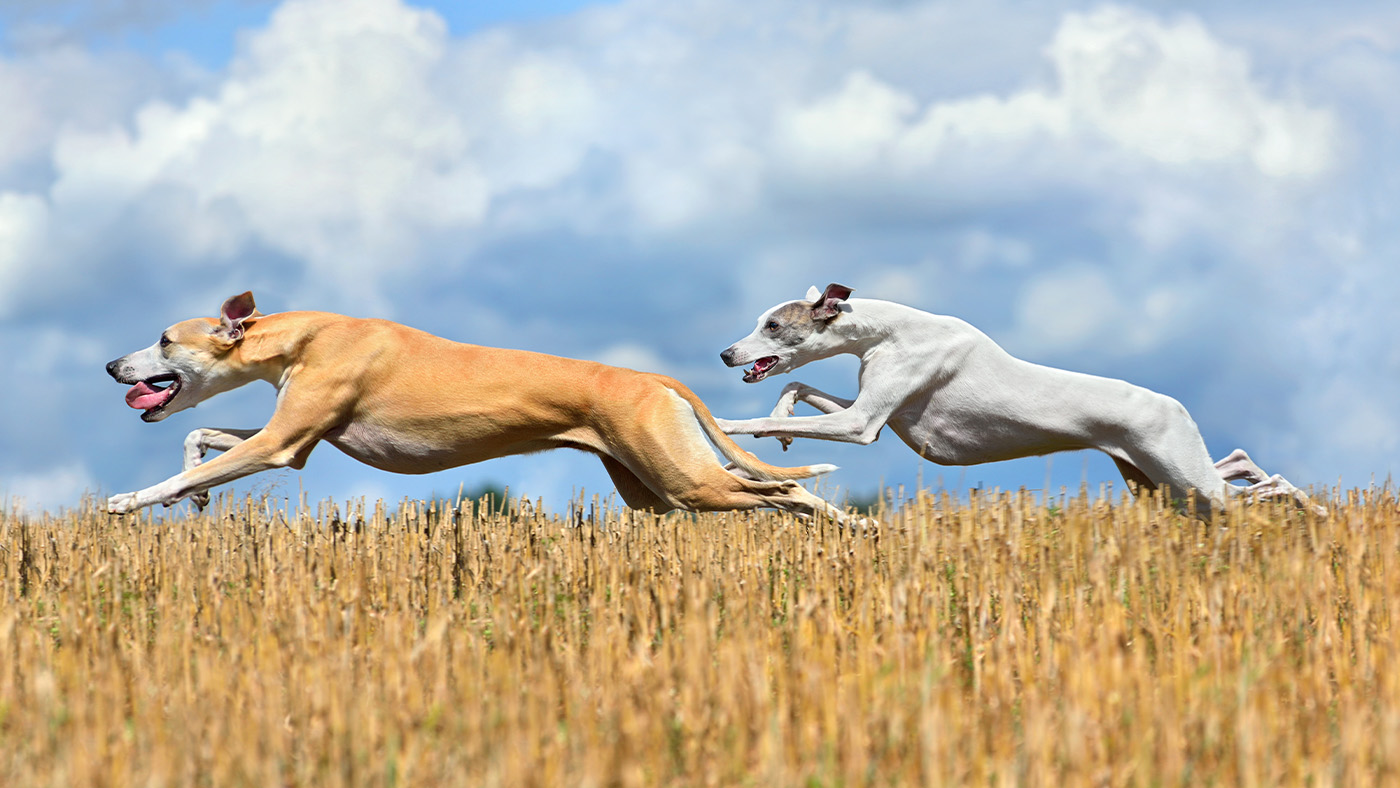
The king of sprinters, the greyhound makes for a surprisingly gentle and good natured companion around the house. Provided he or she has been adequately exercised first!
Known for their speed, slim heads and smooth coat, today the greyhound is a popular show dog and pet. But this sighthound has been bred over the years for coursing, greyhound racing and hunting, resulting in a very high prey drive that remains incredibly active.
Belgian Malinois
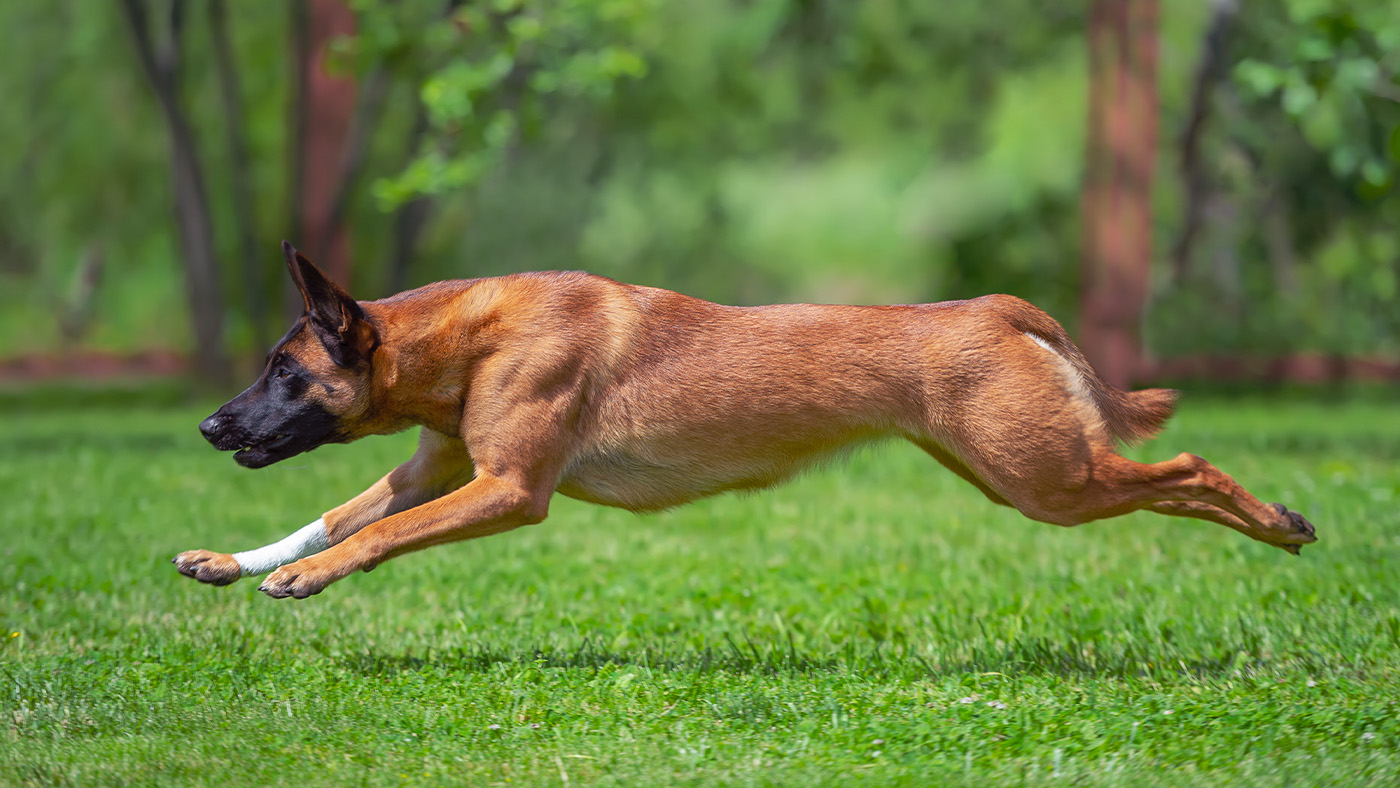
If you're looking for a high energy dog to form a deep and lasting bond with, look no further than the Belgian Malinois. This grafter of a dog is also also known as the Belgian Sheepdog, thanks to its herding instincts.
With that in mind, these dogs love to have a job to do and you'll need to provide plenty of physical and mental stimulation to keep them happy. But if you do, you'll be rewarded with a tremendously loyal companion.
Dog breeds with high prey drive have bags of energy and laser focus, which can give them a competitive advantage as working or sporting companions. However these breeds require lots of mental and physical stimulation to keep them happy and healthy. For owners that understand this, and can provide a good outlet, these dogs make for excellent companions.
Read next: Best dogs for tracking
Edited by Georgia Guerin.

